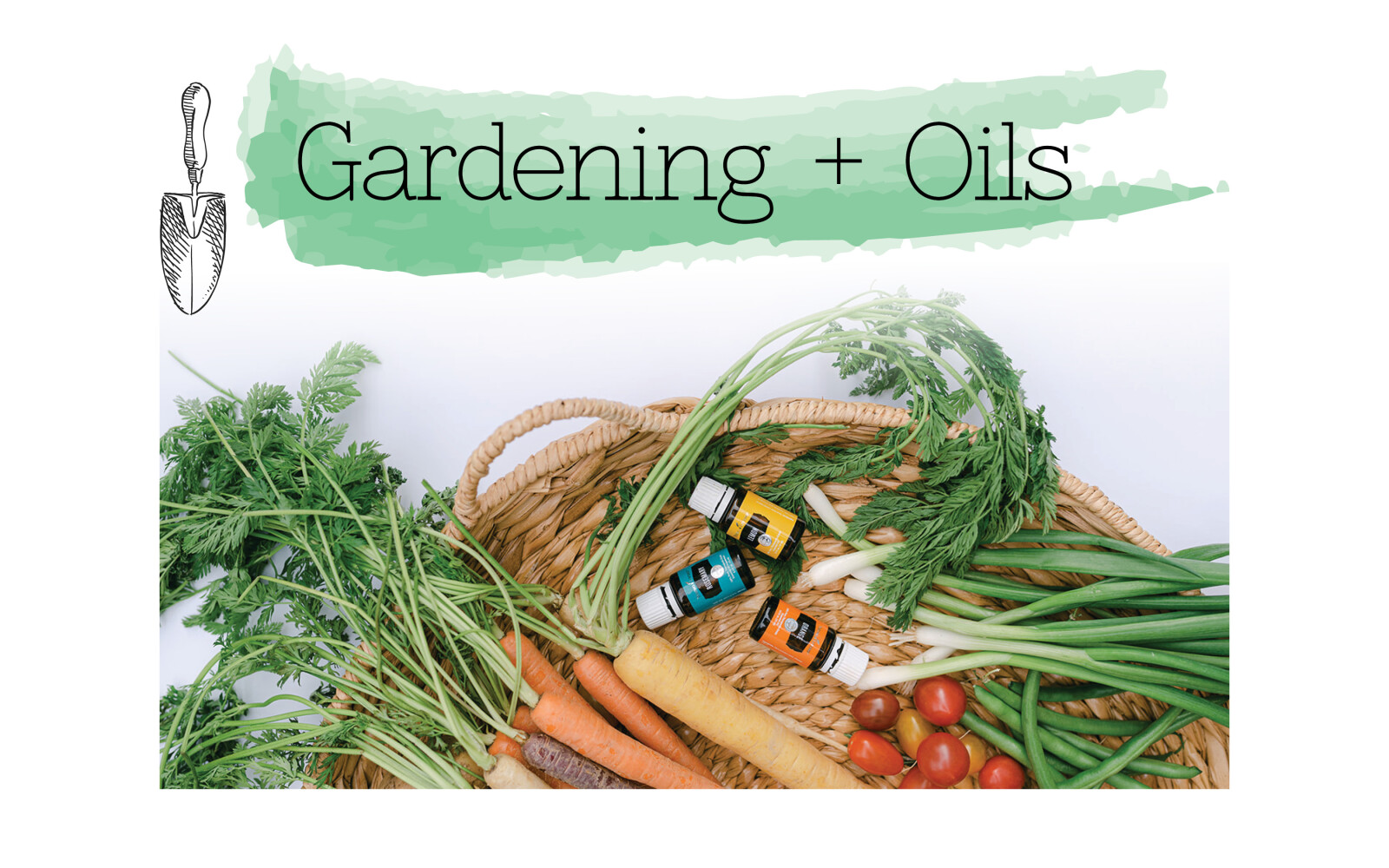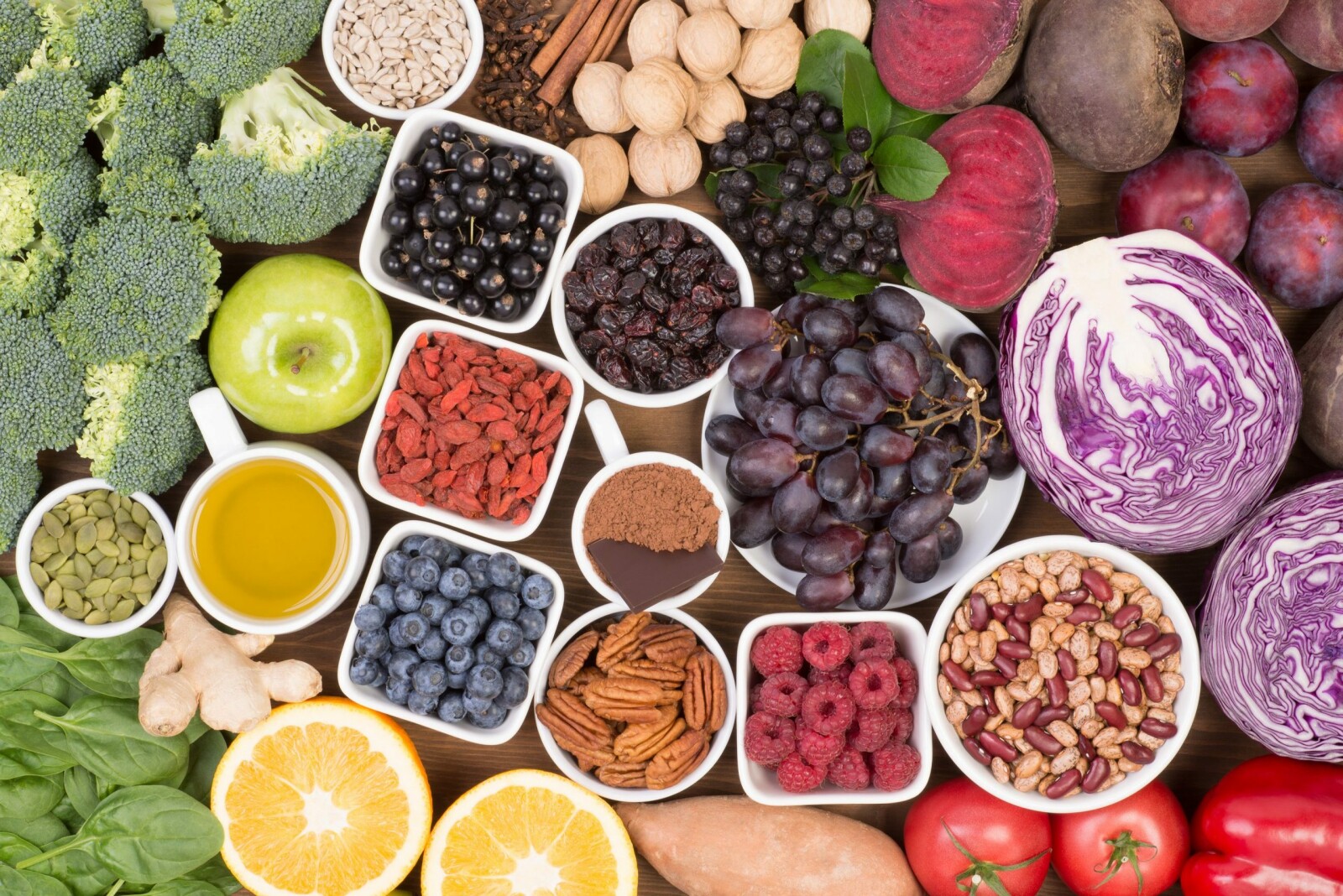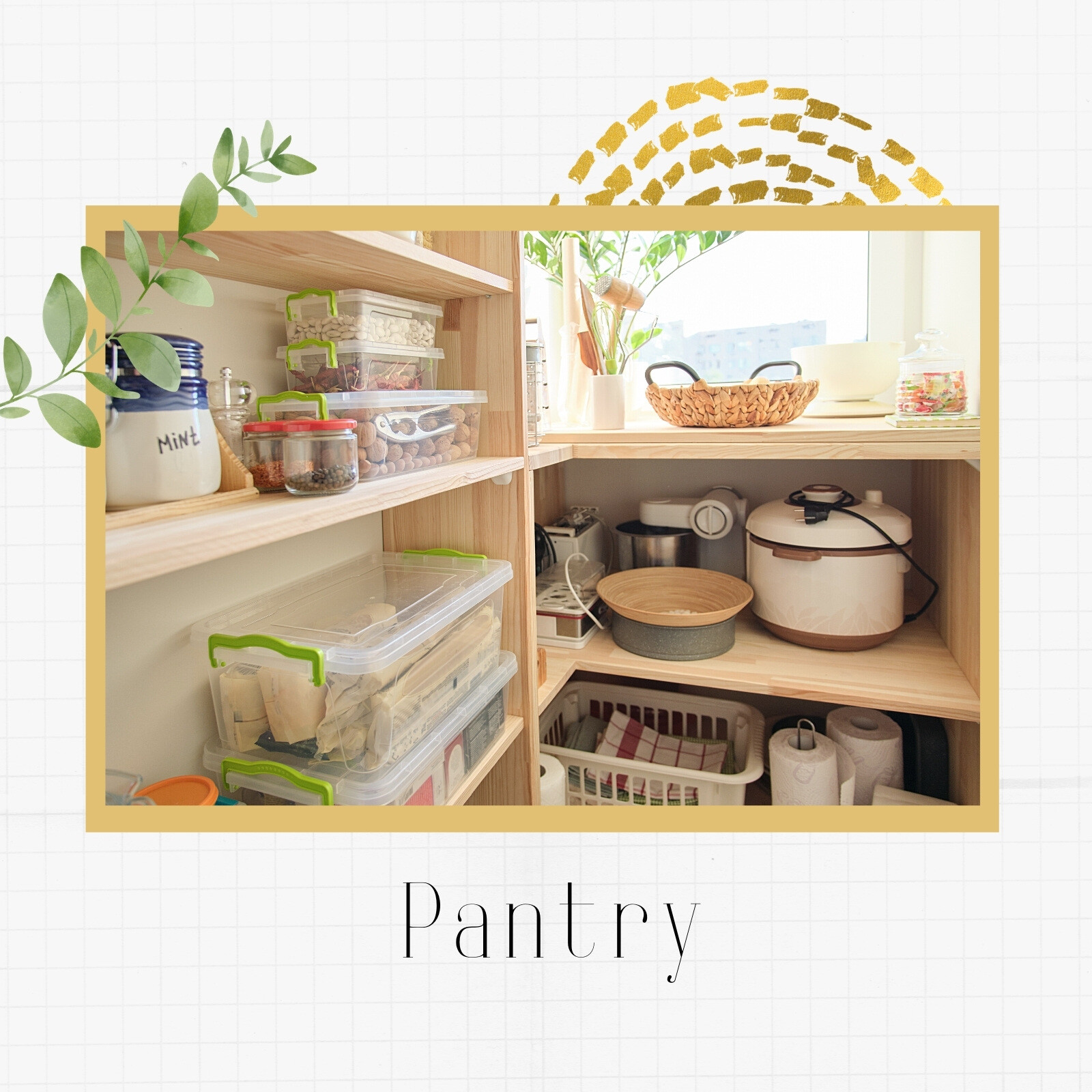
If you’ve been around the garden scene a while you’ve heard of companion planting. And if you haven’t heard, let me enlighten you!
Some plants play well together; others do not. This is because every plant has certain nutrients that it uses from the soil for growth and fruit production. Also, plants excrete certain byproducts back into the soil that can either help or hinder your harvest!
If you grow two types of plants next to each other that both rely strongly on nitrogen for growth, they will compete and overuse the nitrogen in the soil and starve each other out! Corn and tomatoes are an example of plants that don’t play nice.
Conversely, if you plant two types of plants next to each other that eat different nutrients they will work together to promote each other’s growth. A good example of this is tomatoes and carrots. They work together in the soil. Therefore, plant them next to each other and it will result in a more bountiful harvest.
So what does this have to do with essential oils? Well, essential oils are made from plants so consider using oils in place of your companion plants. For example, if you are looking to plant Lavender next to Green Beans, grab your Lavender essential oil instead. Create a “Companion Spray” to use on the soil and leaves of the plant using this guide. Add 10-15 drops of the corresponding essential oil to a 4 oz. glass spray bottle. Top with distilled water; shake before each use. So easy! You can get everything you need to get started here.
PLANT COMPANION PLANTS
Green Beans……… Lavender, Basil
Broccoli……………. Basil, Thyme
Carrots…………….. Sage
Cucumber…………. Sage
Onion………………. German Chamomile
Potatoes…………… Basil, Sage
Tomatoes………….. Basil

















0 Comments